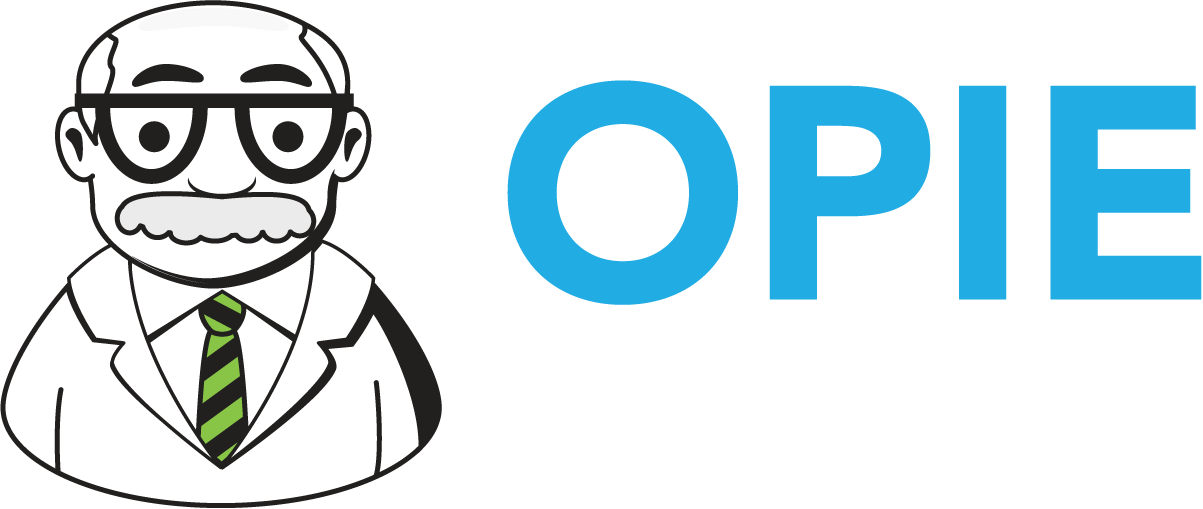Why Silos Don’t Break Down So Easily
Archive Select Blog- Originally Published January 19, 2019
CEOs are encouraged to bust silos so often you’d think half their job is driving bulldozers over grain farms:
‘Employees must learn to work with different departments in cross-functional teams!’
‘Lack of awareness and understanding of other’s roles leads to inefficiencies and confusion!’
‘Lack of a “Mission-Focus” creates uncoordinated effort!’
All true, and that’s why the “no-silo dream” is a compelling one for executives. But there are a couple of problems with the dream: Your people are probably comfortable in their silos, and they’re often not working in an environment where they can easily get out of them.
That’s one inference we can make from The State of Work: 2018-2019 Edition, a recent study published by the enterprise technology firm Workfront. The report, based on a survey of more than 2,000 U.S. employees at large companies who work on a computer and do collaborative work, shows a workplace that’s straining to get its regular tasks done and doesn’t have much of an appetite for cross-functional anything. Consider a few of the findings:
Over half (58 percent) of workers responding to the survey reported being “so swamped with getting day-to-day work done that they don’t have time to think beyond their daily to-do list.”
Forty percent report that they spend less than half of their workday on primary tasks.
While 86 percent say they clearly understand their own job duties, 42 percent say they don’t have a clear idea of what their colleagues are working on.
Indeed, we don’t have a lot of trust in our colleagues: Asked to rate their colleagues on a five-star scale, the average rating is 3.7.
A fifth of employees (21 percent) say fewer meetings would be the biggest thing to help them be more productive.
Only a paltry 10 percent see the benefit of a “central place to see all the work my team is doing.”
Plainly, a sizable chunk of the workforce has little faith in the notion that working cross-functionally can make their jobs more efficient. The reason for that may relate to another interesting data point in the Workfront survey: Thirty-eight percent of respondents say, “I never know what my company’s top priorities are and how my work ties into them.” That’s a lot of people showing up for work every day but not knowing why, beyond their daily tasks.
And it speaks to a communication problem: If you, as an executive, aren’t explaining what the strategic purpose of an effort is, it shouldn’t come as a surprise that workers loathe stepping out of their silos and they do not share your zest for corporate success.
But all is not lost. The study shows that people don’t hate meetings, just the wasteful ones, and they say they spend more time in the productive kind. Part of improving that sense of being productive can involve what business writer Jamie Notter calls “explaining the why”—pointing out what counts as success for an organization and underscoring why collaboration gets the organization closer to it. “If it’s a bigger group, senior managers tend to get laser-focused on what works for them and end up leaving money on the table, because they’re not realizing the ways that they should be collaborating, and they don’t see the impact it’s having on success,” Notter writes in his book “The Non-Obvious Guide to Employee Engagement (for Millennials, Boomers and Everyone Else).”
That kind of communication isn’t a small thing. Fifty-six percent of the Workfront survey respondents say “lack of communication” is the biggest source of conflict with other departments and teams. Businesses can get used to doing things in particular ways, so it might be worth thinking about what routines are keeping new ideas from being heard.
At OPIE we have spent literally thousands of man-hours understanding, documenting, testing and improving the various workflows in an O&P office. And we have spent a similar amount of time working with leaders to optimize the process of communicating with staff to help create teams that coordinate and collaborate on their jobs, creating a more powerful company. Come to our Bootcamp to find out what you can be doing to improve your practice!

